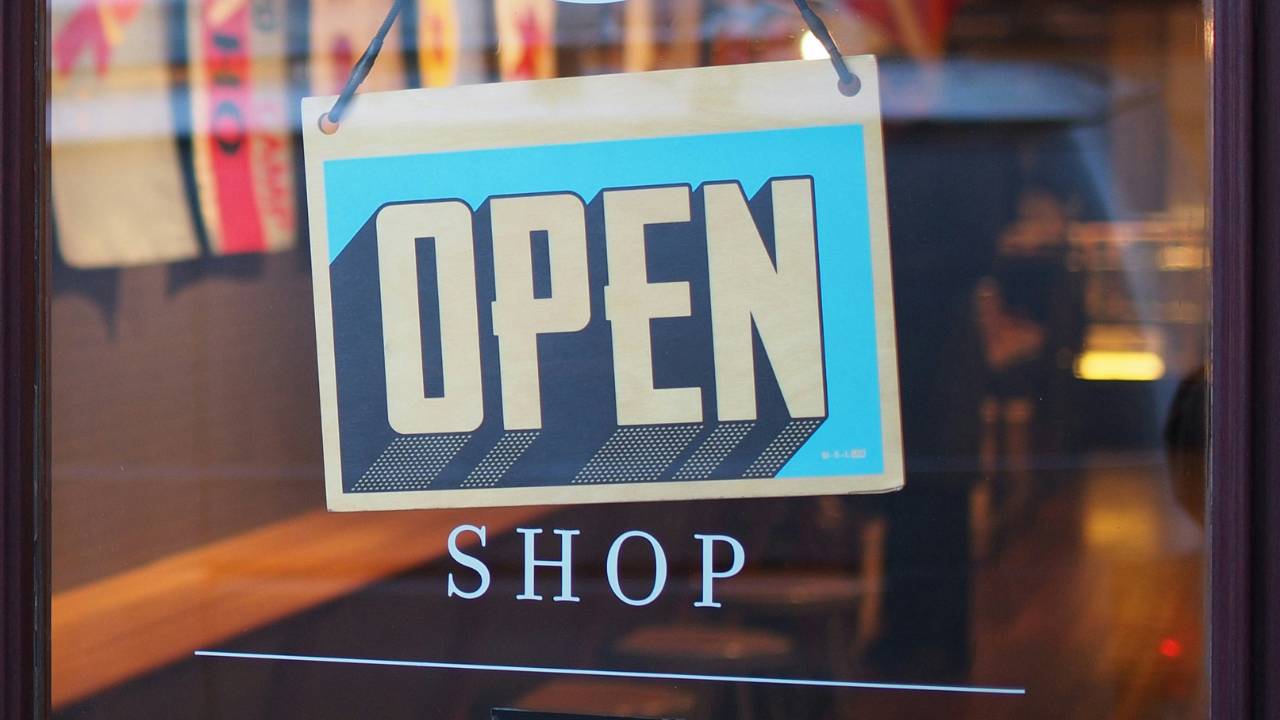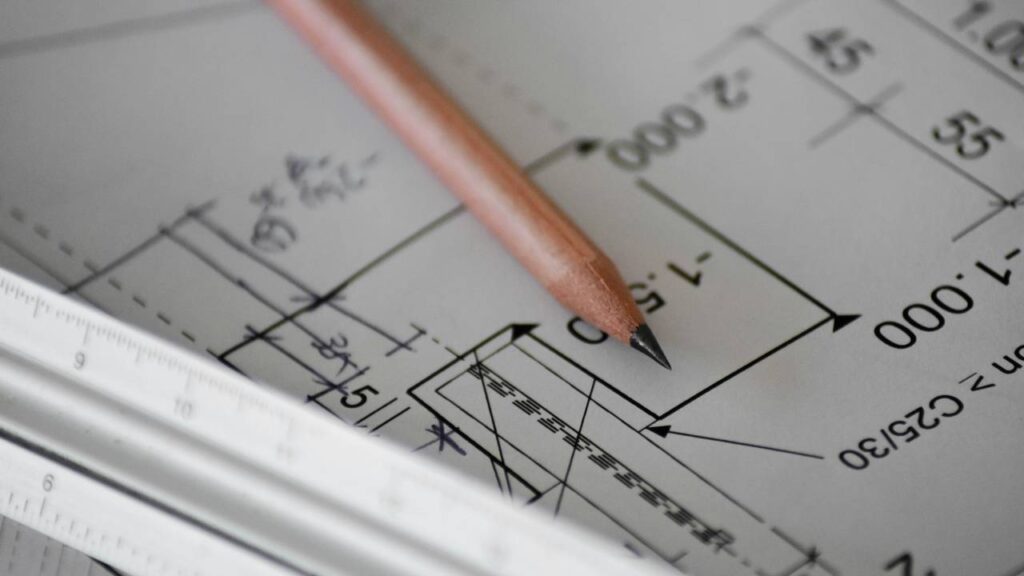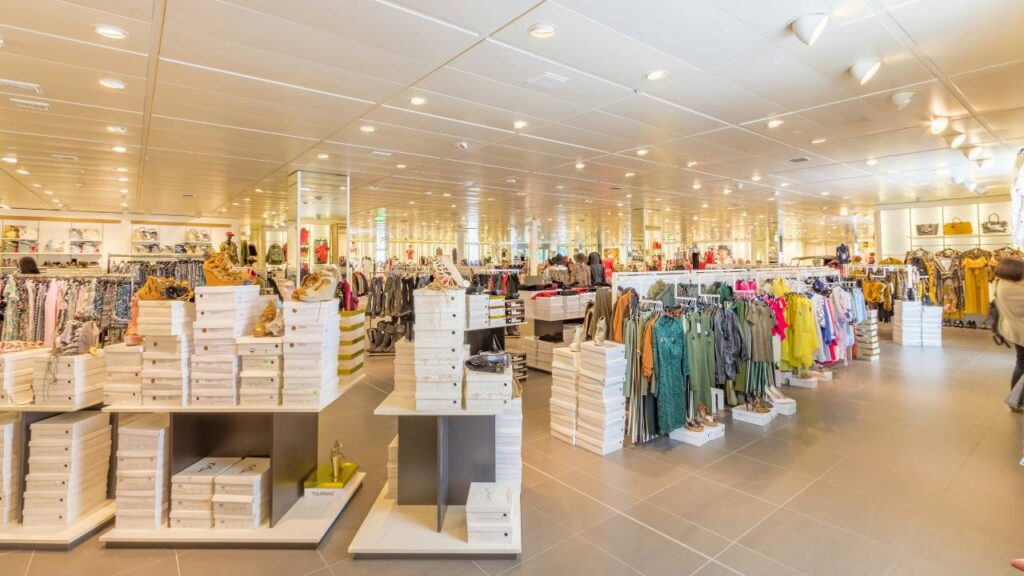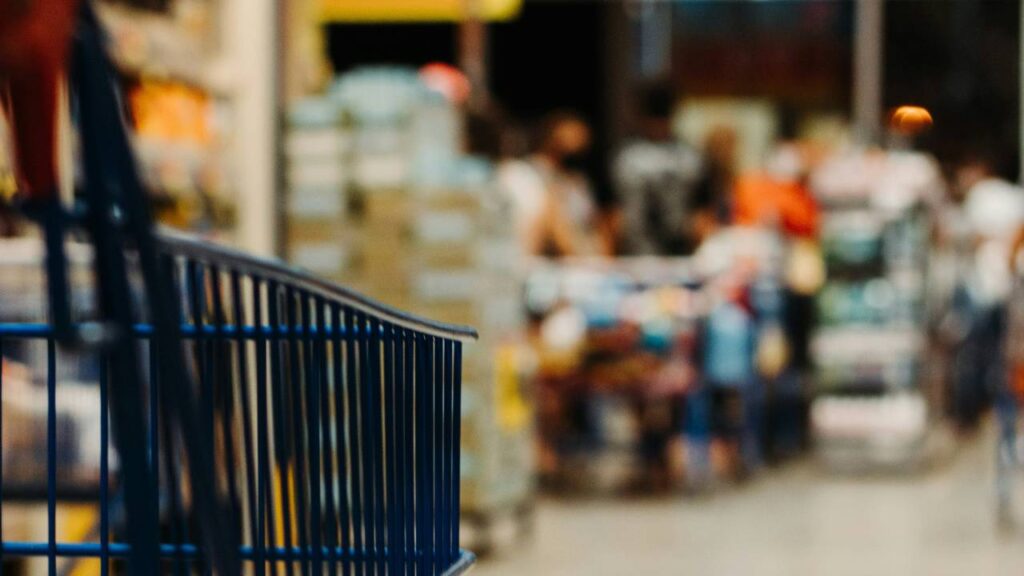
Shopfitting is an essential part of setting up your retail store, shaping the customer’s experience from the moment they step in. Think of it as the stage on which the products you sell are the stars of the show. A well-designed store layout not only highlights your merchandise but also simplifies navigation, encouraging customers to browse and ultimately, make purchases. It’s the physical embodiment of your brand’s image, so getting it right is crucial for business success.
Signage solutions play a key role within this setup. They serve as silent salespeople, guiding and informing customers about your products and special offers. Effective signage is clear, coherent, and reflective of your brand’s style, working in harmony with your overall shopfitting design. It can range from exterior signs that attract passersby to interior ones that help categorise sections and provide pricing information.
Revolutionising your retail space won’t only enhance the aesthetic appeal of your store but can also lead to a more functional environment for both staff and customers. This, in turn, translates to a smoother shopping experience and potentially higher sales. Remember, first impressions count and your store’s physical appearance is often the first interaction a customer will have with your brand. It’s important to make it count.
Understanding Shopfitting Fundamentals
Shopfitting is a specialised process that transforms your empty space into a vibrant retail store with a focus on design, construction, and installation of fittings. Here, we explore the core components that bring your store to life.
The Role of Shopfitters
Shopfitters are your partners in creating an inviting retail environment. They bring expertise in assessing your space and conceptualising a layout that will optimise flow and maximise product exposure. These professionals manage the project from initial design through to the final touches, ensuring that your store is fitted out to your exact specifications.
Essential Shopfitting Equipment
To achieve a functional and appealing retail space, you will require specific equipment. This includes versatile shelving systems, durable flooring that can withstand high traffic, and energy-efficient lighting to showcase your merchandise in the best light. Every piece of equipment is key to the functionality and aesthetic appeal of your store.
Shopfitting Design Principles
A well-designed shopfitting plan is crucial for the success of your retail store. It should fuse aesthetic appeal with practicality, utilising materials that reflect your brand’s image while ensuring durability. The shopfitting design should also incorporate construction methods that minimise disruption and adhere to all safety standards. Your design should be as much about creating an experience as it is about displaying products.
Shopfitting Project Management and Execution

Effective management and execution are pivotal for any shopfitting project. It ensures that your retail space is not only visually appealing but also practical and compliant with necessary standards.
Budgeting and Financial Planning
Your shopfitting project begins with careful budgeting and financial planning. Understand costs early on to avoid unexpected expenses. For example, 3 Rock Dublin can help you draft a comprehensive budget that accounts for all aspects of installation and materials without compromising on the quality or aesthetic of your salon or retail space.
Compliance With Regulations and Standards
Navigating the maze of regulations and attaining compliance are crucial for shopfitting, especially in regions with strict standards like Ireland. Your project managers should secure all necessary permits and ensure that every aspect of the build conforms to local and national building codes and retail standards, mitigating any legal risks.
Collaboration and Project Management
Successful shopfitting requires seamless collaboration between various stakeholders, including designers, contractors, and marketing teams. As the retailer, you should engage with a project manager who will coordinate efforts, make sure installation deadlines are met, and guarantee that the final result aligns with your branding and customer experience goals. Regular communication and updates are key to keeping everything on track.
Signage Solutions for Retail Excellence
In retail, your signage not only directs customers but also communicates your brand’s message and values. It’s your silent salesman, working tirelessly to attract, inform, and persuade.
Indoor Signage Essentials
When you step inside a shop, clear and aesthetically pleasing signage makes your shopping experience seamless. Your indoor signs should harmonise with your brand’s colours and logos to provide a consistent brand experience. From wayfinding to product information, these signs can elevate customer convenience and store aesthetics. Consider using illuminated signs to draw attention to specific promotions or high-margin goods.
Effective Outdoor Signage
Your shop’s facade is the first impression you give to passersby. A well-designed outdoor sign should encapsulate your brand’s essence and lure customers inside. Use persuasive signage, like banners and awnings, to communicate special offers or discounts. Your outdoor signs should be durable to withstand the elements and designed by professionals who understand the balance of visibility and branding.
Modern Signage Technology
Embrace technology to stay ahead in the competitive retail landscape. Digital signage offers dynamic content that can be updated easily to keep up with sales, seasons, and trends. Touchscreen kiosks and LED displays are just the beginning; consider interactive displays that engage customers and provide them with an immersive brand experience. The integration of technology in your signage strategy is an investment in your brand’s future in the retail market.
Creating a Retail Space That Sells

The success of your retail space hinges on the thoughtful arrangement of your floor plan and the sensory experiences that you create for your customers through lighting, ambiance, and visual merchandising.
Strategic Layout and Floor Plan
When designing your floor plan, it’s crucial to consider the flow of traffic. Your layout should guide customers effortlessly through your space, making sure that key products are easily accessible. Create a path that subtly leads them past your best-sellers and promotions. Be mindful of aisle spacing; too narrow and you’ll cause congestion, too wide and you may make your space feel empty and understocked.
Lighting and Ambience
Proper lighting is essential in highlighting your merchandise and setting the right mood in your store. Utilise a mix of ambient, task, and accent lighting. Illuminate focal points and ensure products are well-lit without overpowering your shoppers. Soft, warm lighting can make your space feel welcoming and enhance the textures and colours of your displays, influencing the overall atmosphere.
Window Displays and In-Store Decor
Your window display is your first opportunity to engage passers-by. Use it to create a story that reflects your brand, utilising vibrant colours and dynamic compositions to draw the eye. Inside, your in-store decor should complement the products while reinforcing your brand identity. Consider the psychological impact of colours and textures; for instance, earthy textures can evoke a sense of eco-friendliness, while bold patterns can energise the space. Decor, when strategically chosen, works with your layout to improve navigation and customer experience.
Maximising Customer Experience and Engagement

Creating an inviting space that resonates with your customers is crucial for sustained success in retail. The layout, signage, and overall design play pivotal roles in enhancing customer experience and boosting your brand’s visibility.
Enhancing Customer Interactions
Your staff are the face of your brand and shape much of the customer experience. Train your team to provide knowledgeable and friendly service, ensuring each customer feels valued. Staff should be easy to identify, perhaps with the help of uniform branding or name badges. Well-informed assistants not only aid in customer decision-making but also create a personal touch that encourages client loyalty.
Promoting a Seamless Shopping Experience
Design your store to offer a seamless flow from entrance to checkout. Clear signage helps customers navigate your store effortlessly, and thoughtfully placed products can guide them on a natural journey through your space. Ensure that your aisles are wide enough to prevent overcrowding and that high-demand items are readily accessible. A seamless shopping environment reduces frustration and makes for a more pleasant visit.
Incorporating Personalisation in Retail Design
Personalisation is a powerful tool in modern retail. Tailor your store layout and displays to reflect the preferences and needs of your target audience. Interactive displays and digital signages can be programmed to offer recommendations and deals based on shopping habits or the time of day. Remember, when your customers see their desires anticipated and catered to, they’re more likely to return, reinforcing the personal connection to your brand.

